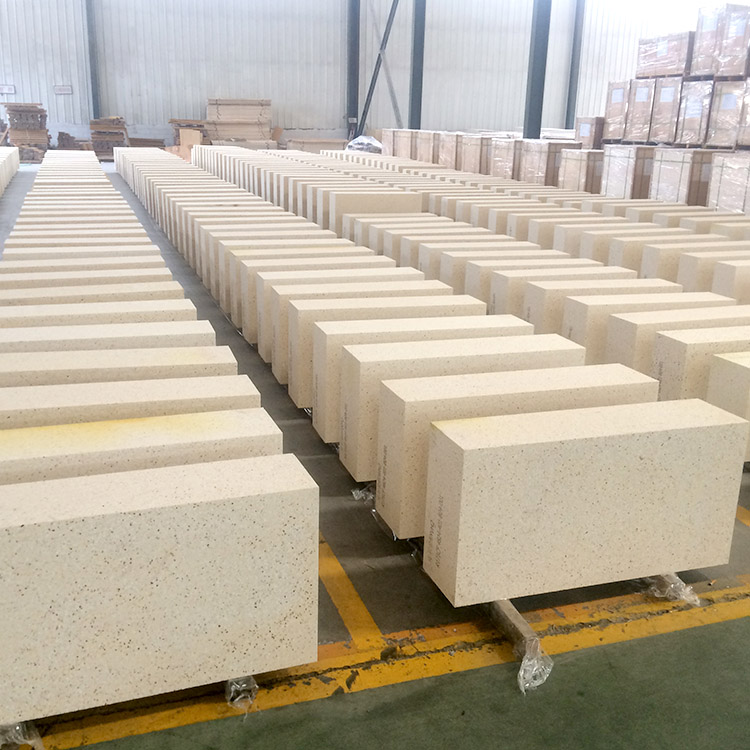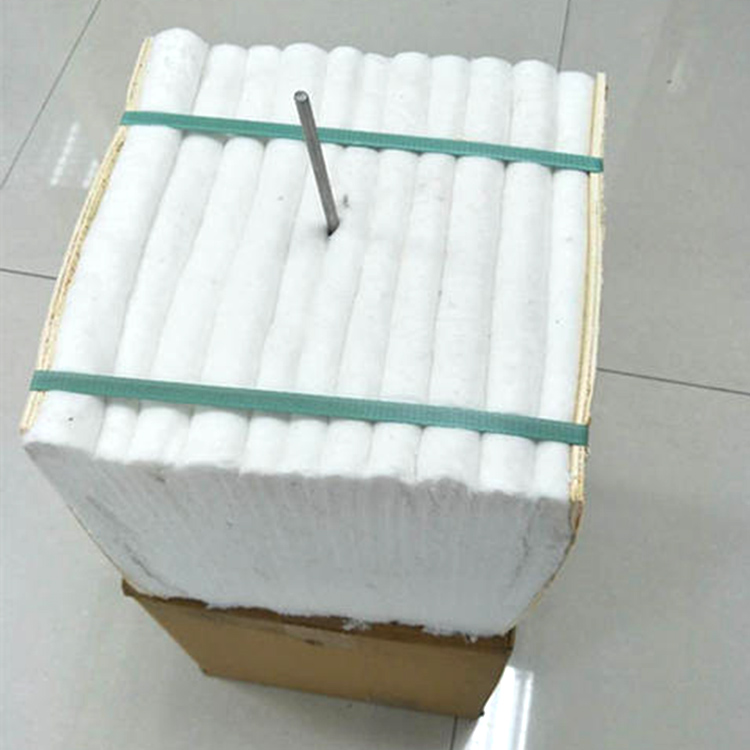
In the high - temperature steelmaking process, the choice of insulation layer materials directly determines energy consumption efficiency and production continuity. This article aims to provide a comprehensive comparison between vermiculite - based and aluminum silicate fiber materials, focusing on their thermal conductivity and insulation efficiency.
First, let's delve into the differences in the thermal conductivity coefficients of various refractory insulation materials in high - temperature environments. The thermal conductivity coefficient is a key indicator that reflects the heat transfer ability of materials. A lower thermal conductivity coefficient means better insulation performance.
Here is a comparison chart of the thermal conductivity coefficients of different materials (Figure 1): 
As shown in the figure, at high temperatures, the thermal conductivity coefficients of vermiculite - based and aluminum silicate fiber materials show significant differences. These differences are crucial for the energy - saving and efficiency - enhancing goals in the steelmaking process.
When the working condition temperature reaches 1200°C, the thermal stability and mechanical strength of materials become particularly important. We compared the performance of vermiculite - based and aluminum silicate fiber materials under this high - temperature condition.
Aluminum silicate fiber materials have certain thermal stability at high temperatures, but their mechanical strength may decrease over time. In contrast, vermiculite - based materials, especially the Sunrise vermiculite ladle insulation board, show excellent thermal stability and mechanical strength. Even after long - term exposure to 1200°C, it can maintain its structural integrity and performance (Figure 2). 
Traditional thick insulation layers often face problems such as insufficient baking and excessive heat absorption. The main reason for insufficient baking is that the thick layer makes it difficult for heat to penetrate evenly, resulting in some parts not reaching the required baking temperature. Excessive heat absorption is due to the large volume of the insulation layer, which absorbs a large amount of heat during the heating process, increasing energy consumption.
For example, in some steel mills, the traditional thick insulation layer may lead to a 15 - 20% increase in energy consumption during the baking process compared to the optimized insulation layer.
The Sunrise vermiculite insulation board has achieved remarkable results in actual applications. It can reduce the thickness by 10 - 18mm while achieving better insulation performance. Specifically, the outer shell temperature can be reduced by up to 50°C, and the temperature drop of the molten steel is significantly reduced.
Here is a real - world case: In a certain steel mill, after replacing the traditional insulation layer with the Sunrise vermiculite insulation board, the steel temperature drop per hour decreased from 15°C to 8°C, and the energy consumption was reduced by about 12%.
To ensure the performance of the insulation layer, correct construction methods, detection standards, and performance evaluation indicators are essential. During the construction process, attention should be paid to the flatness of the installation surface and the tightness of the joints. The detection standards mainly include thermal conductivity coefficient testing, thickness measurement, and mechanical strength testing.
For example, the thermal conductivity coefficient should be tested regularly to ensure that it meets the design requirements. The performance evaluation indicators can comprehensively evaluate the insulation performance, energy - saving effect, and service life of the insulation layer.
Combining real steel mill cases, we can clearly see the energy - saving benefits and operational efficiency improvement brought by the application of the Sunrise vermiculite insulation board. In addition to reducing energy consumption, it also improves the production continuity and product quality of the steel mill.
An expert said, "The application of vermiculite - based insulation materials in the steelmaking industry is a significant technological innovation, which has a far - reaching impact on energy - saving and efficiency - enhancing in the industry."
In conclusion, the Sunrise vermiculite ladle insulation board shows excellent performance in high - temperature steelmaking. If you are looking for a more efficient and energy - saving ladle insulation solution, don't miss this opportunity. Get your exclusive ladle insulation optimization plan now!


